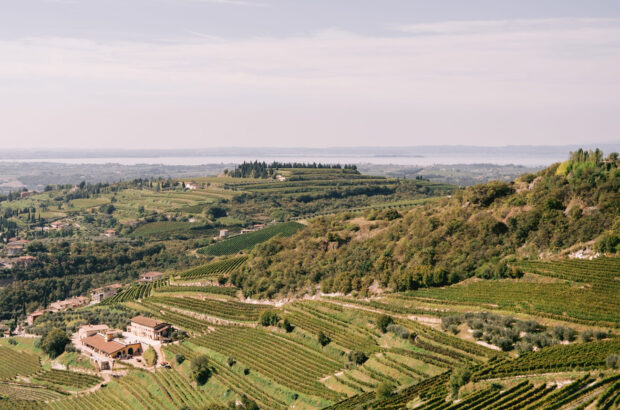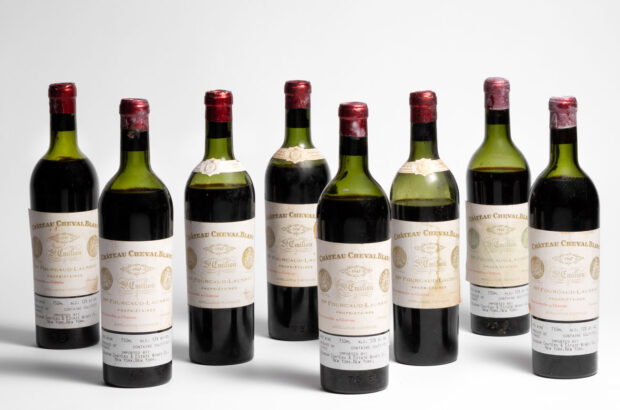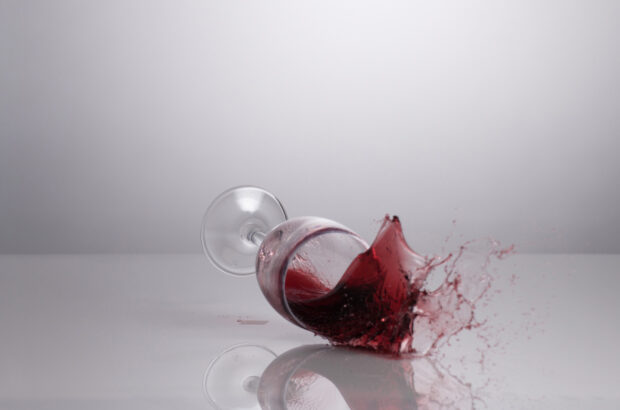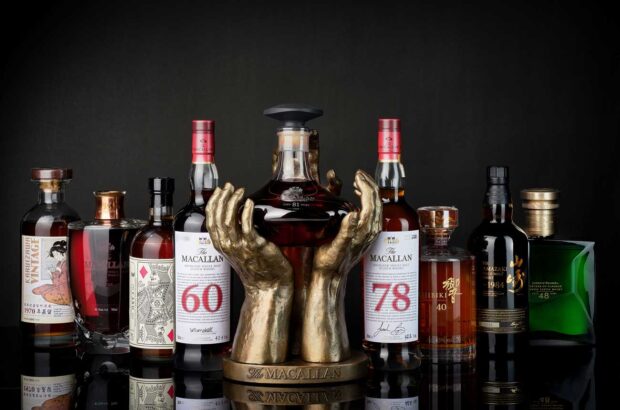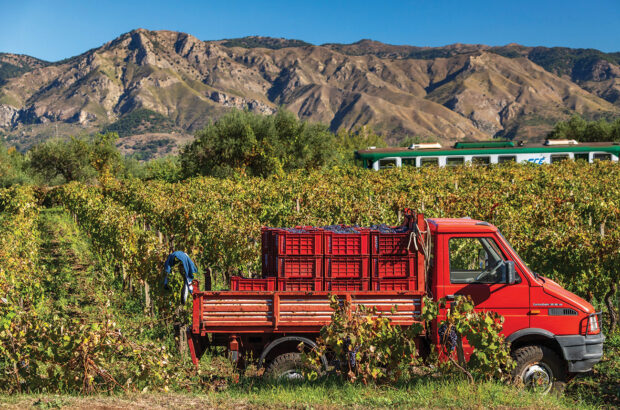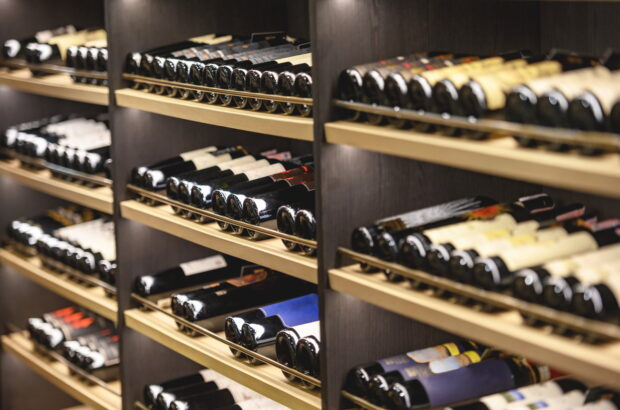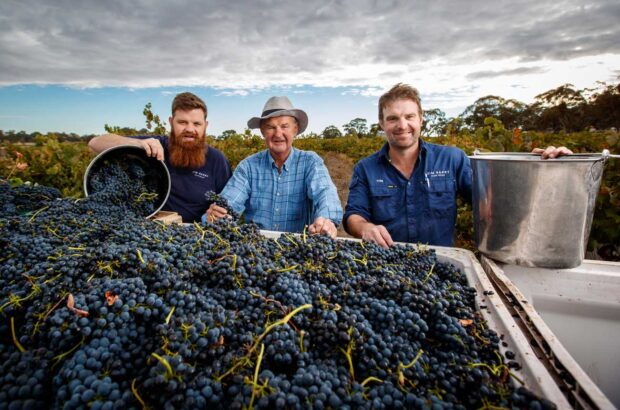If there is one wine certain to leave a modern winemaker flummoxed, it has to be Vin Santo. Temperature control, selected yeasts, controlled malolactic fermentation – say goodbye to all the mantras of the well trained oenologist; now you are flying by the seat of your pants.
Here is how you make Vin Santo. Pick ripe healthy bunches, usually Trebbiano or Malvasia, although a very few producers prefer red varieties such as Sangiovese. Take them up to a well ventilated attic, where you can leave them on cane or wooden racks for a few months. Alternatively you can hang them from the rafters. By January, or even later, the grapes will have dried out nicely, but in the meantime you will have had to inspect them regularly to ensure that no rot has set in. The raisining process will have concentrated their sugar content. Press the grapes and decant the must into a variety of small barrels ranging in capacity from 50 to 200 litres. For full folkloric effect, place a small quantity of the lees from the vintage you have just bottled into the barrels. This is called the madre and will either give the wine its unique character or wreck it completely under a sustained barrage of bacterial infection. Seal the barrels, preferably with concrete. Yes, concrete. Leave them undisturbed in an attic, where they will endure the heat of summer and the cold of winter. The wine will ferment slowly in summer, close up for the winter, and resume fermentation in the spring. This can go on for years. Forget about the barrels for six years or so, although you may be tempted to take a peek after a couple of years to see what, if anything, is happening in there. After six years, unseal the bung and taste the wine. Is it sweet? Is it dry? Or is it vinegar? Throw away the unusable wine, and blend the rest according to taste. Bottle and sell.
Consistency problem
It’s hardly surprising that with such a random production method, Vin Santo varies as much in style as in quality. Although all kinds of legends are dredged up to suggest a link between the wine and the Church, it isn’t a sacramental wine, even though it can be used as one – a Carmignano estate recently donated some cases for use in a papal mass. In the hills of Tuscany, it was the custom for farmers to offer visitors a glass, and in some places smallholders continue to purchase grapes and make Vin Santo for this purpose. As should now be clear, consistency is the main problem. A few producers make a non-vintage style as this allows greater freedom in blending barrels. Others, with large estates at their disposal, produce sufficient quantities to permit them to blend to a fairly consistent style each year. But from a small producer there may well be variations in style, and especially in residual sugar levels, from year to year. Whether you like your Vin Santo fairly dry, moderately sweet or very sweet is a matter of personal taste. There is no style that can definitively be called authentic. ‘Traditional Vin Santo was fairly dry,’ says Italian wine expert Paulo Valdastri. ‘The problem with very dry Vin Santo is that it can also be volatile and oxidative.’ I have tried a Vin Santo di Rufina from Travignoli, and it was not an enjoyable experience. The nose was very oxidised and, because the wine had scarcely any residual sugar, it was very high in alcohol (19%), scalding the palate. At the other extreme is the Vin Santo from San Giusto a Rentennano in Chianti Classico. A drying period of four months concentrates the Malvasia grapes to give a potential alcohol level of between 21 and 28 degrees. Fermentation is slow and difficult. The 1993 finally emerged with a moderate 14% alcohol and 224g of residual sugar (80–100g would be more usual elsewhere). The result is a highly impressive wine with a slightly cloying finish.
Young pretenders
With such a range of products, many consumers have retreated in dismay. Nor is the situation helped by the Vin Santo Liquoroso wines in Italian supermarkets. These are sweetened by the addition of must concentrate and often fortified as well. As their low price suggests, they are mediocre wines and their perfectly legal use of the words Vin Santo has not made life easier for those trying to preserve authentic traditions and high quality. Good Vin Santo has to be expensive. Federico Masseti of Selvapiana in Rufina points out that 100kg of grapes yields, after drying, 15–20 litres of must. The longer the drying period, the greater the concentration and sweetness, and the smaller the volume. Many top producers leave the bunches to dry until March; others press in December or January. Then the long barrel-ageing process results in further evaporation, which San Giusto reports as being as high as 40%. In addition some barrels may turn out to be unusable in the final blend. Sold directly from the cellar door, good Vin Santo is usually about £10–15 per half-litre, which is not that expensive when you consider the lengthy production process involved.
For some two decades the top producer has been Avignonesi in the Montepulciano district. Its Vin Santo is often aged for nine years in caratelli, with a special bottling called ‘Occhio di Pernice’ (made from Sangiovese and virtually unobtainable commercially) that is aged for 10 or 11 years. The current vintage of the regular bottling is 1989, a wine of enormous power and richness, creamy in texture, its honeyed opulence sustained by fine acidity, leading to an amazing length on the finish. Most people attribute the excellence of the Avignonesi wine, even in poor years such as 1989, to the use of the madre. However, producers of reasonable amounts of Vin Santo, such as Antinori, do not use the madre because of the risks involved, and prefer to inoculate the yeasts into the must.
What should you expect from a good Vin Santo? Some have compared it to sherry because of its oxidative tones, but it’s really closer to Madeira, with its higher acidity. While it varies greatly, good examples of Vin Santo should be gold or bronze in colour, have aromas ranging from dried apricots to orange peel, honey and caramel, and should show considerable complexity on the palate, with flavours reflecting the aromas together with a velvety texture and clean acidity.
The standard accompaniment with Vin Santo is the almond biscuit cantucci dipped into the wine, but most serious producers look askance at the practice, and recommend drinking Vin Santo with blue cheese or on its own at the end of a meal.
There are other outstanding examples from Capezzana (at the drier end of the spectrum), Felsina, Fontodi, Isole e Olena, Badia a Coltibuono, Castello di Ama, Castello di Cacchiano, Le Pupille and Tenuta di Bossi. The leading Chianti Classico estate of Querciabella made an invigorating and spicy Vin Santo in 1990. These scattered examples suggest that the market for this remarkable wine remains troubled, and I hope we won’t need to add it to the list endangered wine species.


